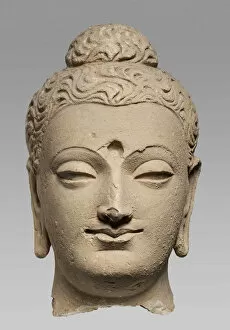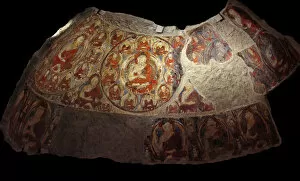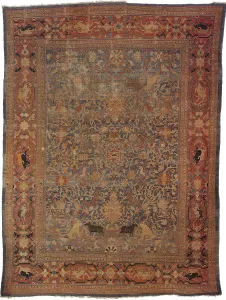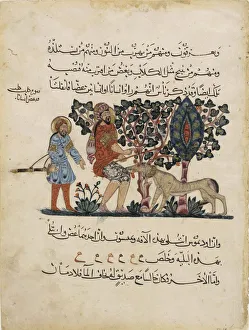Central Asian Art Collection
Central Asian art is a rich tapestry of history, culture, and spirituality that spans centuries
All Professionally Made to Order for Quick Shipping
Central Asian art is a rich tapestry of history, culture, and spirituality that spans centuries. From the serene Buddha Head dating back to the 3rd-4th century, created by Central Asian Art, to the mesmerizing Fragment of the Fresco with Buddhas in the cupola of a grotto from Kakrak (Bamiyan) in the 7th-8th century, these artworks transport us to ancient times. The Votive Stele with Buddha and two Bodhisattvas from 534-550 showcases intricate craftsmanship and devotion. It serves as a testament to the deep spiritual beliefs prevalent in Central Asia during that era. Silk fragments from the 1st century BC offer glimpses into their vibrant textile industry. These delicate remnants tell stories of trade routes and cultural exchanges that connected Central Asia with distant lands. Cloth fragments from different time periods - 1st century BC and 205 BC - reveal how textiles played an integral role in daily life. Whether it was for clothing or decorative purposes, these fabrics were woven with skill and creativity. A fragment of a burial flag from 205 BC reminds us of rituals surrounding death and commemoration in ancient Central Asia. This artifact offers insight into burial practices and customs followed by our ancestors. The Eight-pointed Star Tile captures our attention with its geometric beauty. Its symmetrical design reflects mathematical precision combined with artistic flair—a true representation of Central Asian aesthetics. Moving beyond religious motifs, we encounter symbols like the Double-headed Eagle found at Divrigi Great Mosque or Ahlat Tombstones in Bitlis, Turkey. These architectural elements showcase regional influences on artistry throughout history. One cannot overlook carpets like Amida carpet depicting Emir's emblem: lion attacking bull or Lion attacking bull on the Portal of Ulu Camii (Great Mosque) Diyarbakir. These masterpieces combine intricate weaving techniques with symbolic representations that hold deeper meanings within Central Asian culture.










